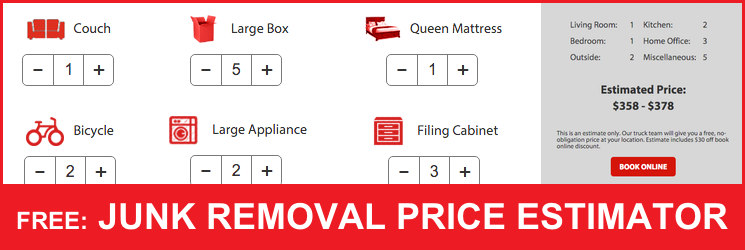Just How To Choose The Right Dumpster Size For Your Job: A Comprehensive Overview
Just How To Choose The Right Dumpster Size For Your Job: A Comprehensive Overview
Blog Article
Writer-Finnegan Snider
When starting a task that requires a dumpster, the dimension you select can substantially affect its efficiency and cost-effectiveness. Think of having the perfect container that suits all your waste without being exceedingly big or too little. Everything starts with comprehending the subtleties of your job and choosing a dumpster dimension that aligns with your certain demands. So, before you choose, consider the elements at play to ensure a smooth waste administration procedure throughout.
Aspects to Think about
When selecting the right dumpster dimension, there are several vital elements to think about.
First, think about the sort of waste you'll be taking care of. Various products might require varying amounts of room, so recognizing what you'll be placing in the dumpster is essential.
Next, evaluate the quantity of waste you expect to create. If you underestimate the volume, you may need to make numerous journeys to take care of whatever, which can be troublesome and expensive. On the other hand, renting out a dumpster that's as well huge can lead to unneeded expenses.
In addition, consider the area where the dumpster will certainly be positioned. Guarantee there suffices space for the dumpster to be delivered and grabbed with no obstructions.
Lastly, think of any kind of weight constraints that might apply. Exceeding the weight restriction can lead to added fees and even the rejection of service.
Dumpster Dimension Alternatives
For selecting the appropriate dumpster dimension, it's vital to have a mutual understanding of the readily available options. Dumpster dimensions typically range from 10 to 40 cubic yards, with variations in between.
A 10-yard dumpster appropriates for small tasks like a garage cleanout or a small remodelling. If you're taking on a medium-sized job such as a kitchen area remodel or a basement cleanout, a 20-yard dumpster could be the ideal choice.
For larger projects like a whole-house remodelling or industrial building, a 30 or 40-yard dumpster could be preferable to accommodate the volume of waste created.
When choosing a dumpster dimension, think about the amount and kind of particles you expect to throw away. It's better to select a somewhat bigger dimension if you're uncertain to prevent overfilling. https://kevsbest.com/heavy-machinery-dealers-in-philadelphia-pa/ in mind, it's even more affordable to rent out a dumpster that fits your requirements instead of having to order an extra one.
Matching Size to Project
Optimally matching the dumpster dimension to your project is important for effective waste monitoring. To figure out the ideal dimension, take into consideration the extent and nature of your project.
For tiny family cleanouts or improvements, a 10-yard dumpster may be adequate. These are commonly 12 feet long and can hold around 4 pickup lots of waste.
For phoenix dumpster rental like renovating multiple areas or removing a big estate, a 20-yard dumpster might be preferable. These are around 22 feet long and can hold around 8 pickup loads.
If you're tackling a major building task or commercial remodelling, a 30-yard dumpster could be the best fit. These dumpsters are about 22 feet long and can suit about 12 pickup loads of particles.
Matching the dumpster dimension to your job ensures you have enough area for all waste materials without paying too much for extra capability.
Conclusion
To conclude, choosing the ideal dumpster dimension for your task is essential for efficient garbage disposal. By taking into consideration elements like the type and quantity of waste, room accessibility, weight restrictions, and spending plan restraints, you can guarantee you have the proper size dumpster for your requirements. Make sure to match the size of the dumpster to the scope and nature of your project to avoid overspending on unneeded expenditures.
